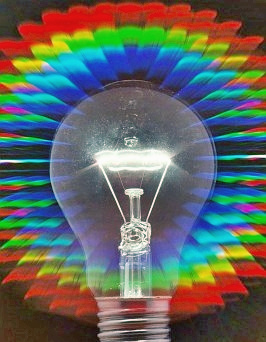It’s time for another entry in my series where I read through physics articles in Scientific American, now through the eyes of a former physicist. It’s a gratifying exercise because I used to struggle through these when I was in high school. Now, if I struggle, I know it’s not my fault!
Today’s article is “New View of the Milky Way” by Mark J. Reid and Xing-Wu Zheng in the April 2020 issue. Oddly the titles in the print version never seem to match the titles in the online version–also the online version is paywalled this time, that means no images, sorry folks!
The main thrust of the article is that they used radio astronomy to map out the Milky Way galaxy. Now you might think that since we’re inside the Milky Way, we have an especially clear idea of its shape. But it’s surprisingly difficult, because determining the distance of stars is hard, and there are dust clouds in the way. If you’ve ever seen an image of the Milky Way as viewed from the outside, those are all artists’ conceptions and we don’t know what it actually looks like.
So the first thing I see in this article, is an image of the Milky Way, as viewed from outside. At first I thought, this is really neat, finally an image that’s more than just an artist’s conception. But nope, it’s just another artist’s conception. Created to be consistent with the study’s results, but still just art.

